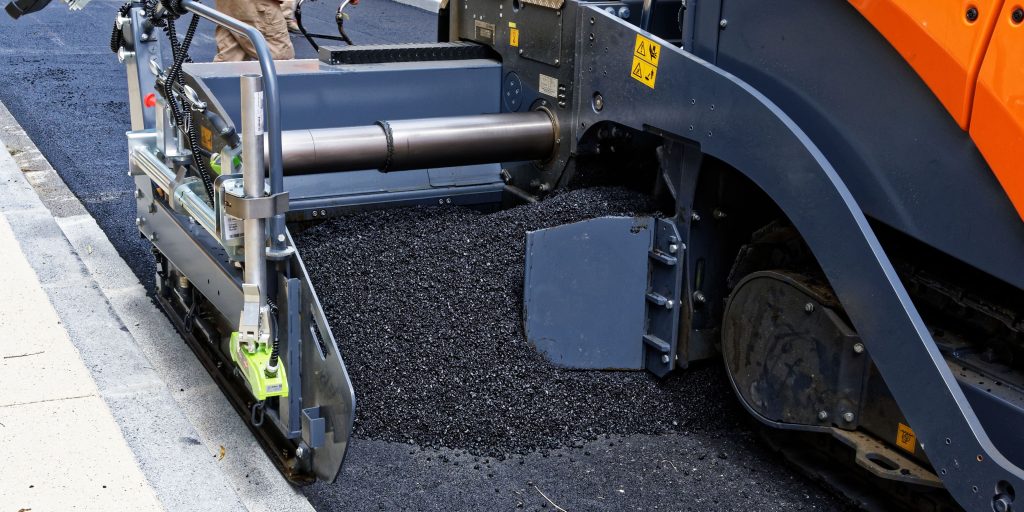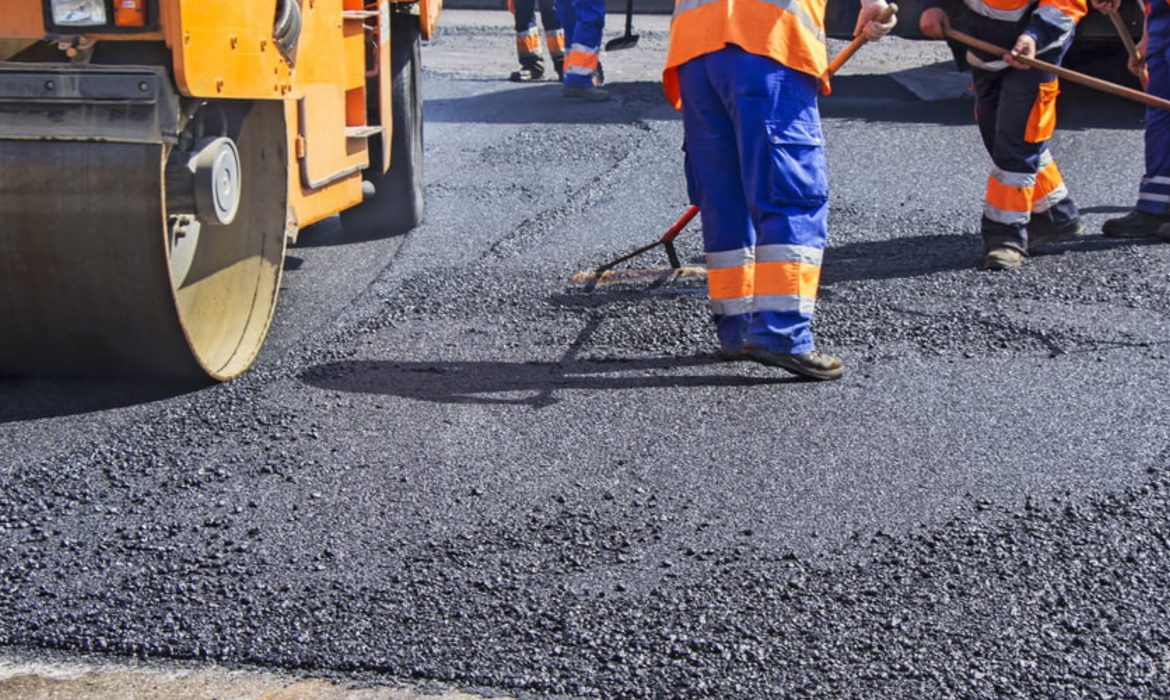Many people frequently wonder about the possibility of applying concrete overlays over asphalt surfaces when they need to upgrade or resurface drab parking lots and old driveways and walkways. The proper answer to this question is yes, but specific conditions must be met.
A concrete overlay serves as an effective solution for bringing back both the visual appeal and operational capabilities of deteriorating surfaces. Concrete overlays are normally placed on top of asphalt, but they are suitable under specific conditions only. A number of essential elements must be taken into account before making this decision.
This article presents information about concrete overlays including their definition and asphalt application possibilities and benefits, alongside implementation strategies for enduring results.
What Is a Concrete Overlay?
The application of a thin cement-based material as an overlay on existing surfaces provides restoration and enhancement of appearance, texture, and strength.
Overlays are commonly used on:
• Driveways
• Walkways
• Patios
• Garage floors
• Commercial lots
The overlay materials enable users to create different finish types including plain, stamped, colored, and textured surfaces which can duplicate stone, brick, or decorative patterns.
Can Concrete Be Applied Over Asphalt?
The application of concrete over asphalt requires more than just mixing and spreading concrete because several essential conditions must be fulfilled. The overlay needs to meet multiple essential requirements to properly bond and to maintain its lifespan.
The following points must be taken into account:
1. Condition of the Asphalt
The existing asphalt must be:
- Structurally sound
- Relatively level
- Free from severe cracks and large potholes
- Clear from oil marks and loose particles
A concrete overlay should not be applied to asphalt surfaces that exhibit crumbling, severe cracking, or soft subbase conditions. When the existing conditions do not meet requirements, then removal or complete reconstruction becomes the most appropriate solution.
2. Proper Surface Preparation
Asphalt presents difficulties for bonding since it remains flexible and has less porosity than concrete. Because of this, surface preparation stands as an essential step. The asphalt needs extensive cleaning prior to the application, while roughening or scoring the surface enhances bonding capabilities.
The successful adherence of asphalt to concrete needs a special bonding agent or primer that works specifically for this type of application.
Benefits of Concrete Overlay on Asphalt
A correctly implemented concrete overlay of asphalt surfaces provides multiple benefits:
1. Cost Effective
The process of resurfacing preserves the old asphalt without performing complete removal and replacement. The combined result of this method reduces both the work costs and the expenses for waste removal.
2. Enhanced Appearance
Concrete overlays provide homeowners with design options through stamping, coloring, and texturing techniques which allow them to create new looks from old concrete paving.
3. Improved Durability
Concrete material is stronger than asphalt because it demonstrates greater resistance to wear. Your surface lifespan extends significantly when an overlay application is done correctly because it becomes more resistant to heavy traffic and vehicles.
4. Quick Installation
The installation process of overlays takes less time than full reconstruction, so business operations and home activities experience minimal disruption.
Challenges and Limitations
A concrete overlay applied over asphalt presents specific challenges that you must understand.
1. Potential for Cracking
Any movement or shifting in asphalt will cause concrete overlays to develop cracks or experience lifting because asphalt remains more flexible than concrete.
2. Drainage Issues
Concrete materials do not absorb water at the same rate as asphalt materials. Water that penetrates beneath the overlay can damage the bond between layers a nd freeze in cold climates, thus causing harm to the structure.
3. Not Suitable for All Areas
Proper precautions need to be implemented before applying asphalt-concrete overlays in areas that experience extreme weather conditions and heavy freeze-thaw cycles or high traffic volumes.
4. Limited Thickness
The typical overlay thickness ranges between one to two inches, which prevents it from addressing substantial elevation concerns or bearing structural weight like a complete concrete slab does.
Steps to Apply Concrete Overlay on Asphalt
The following steps outline the process for applying concrete overlays on asphalt surfaces when the existing pavement is in good condition:

Step 1: Inspect the Asphalt
Thoroughly examine the entire area by searching for the following issues:
- Cracks, dips, or soft spots
- Signs of oil damage or erosion
- Multiple areas which do not have an even distribution
- Any imperfections in need of repair before starting
Step 2: Clean and Prepare the Surface
The removal process requires the following tools to eliminate dirt, oil, debris, and loose particles:
- A pressure washer
- Degreaser for oil spots
- Broom or blower for dust and debris
- A shot blaster or grinder
Step 3: Apply Bonding Agent
A specific asphalt-formulated concrete bonding adhesive should be used for this application. The application of a bonding agent during this stage ensures long lasting performance. The manufacturer provides specific directions on how long the material should dry before proceeding.
Step 4: Mix and Pour the Concrete Overlay
The selection of your overlay must match the environmental conditions and traffic volume requirements. The overlay products exist in two categories: decorative versions and durable versions.
The concrete should be spread evenly with a screed tool and trowel, and a stamping tool for decorative patterns.
Step 5: Cure Properly
The overlay needs to cure for 24 to 48 hours until it becomes ready for walking and another 5 to 7 days before allowing vehicle traffic. Proper curing leads to the achievement of maximum strength and durability.
Step 6: Apply a Sealer
The application of a concrete sealer will protect the new surface; this sealer provides protection against water, oil, and UV rays, which helps the overlay maintain its longevity.

